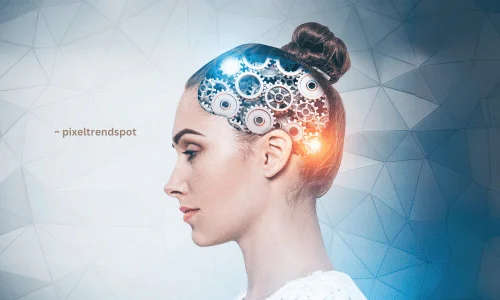
Researchers from Tianjin University in China have achieved a breakthrough in robotics, by creating an entirely new type of robot containing neurons from human brains. The idea is to recreate human-like functions of cognition outside of our bodies together the stem-cultivation method that creates a brain-on chip and then integrate it inside the robot.
Tianjin University’s ‘Frankenstein’?
Researchers from Tianjin University have introduced an electrode chip to the robotic system which contains brain tissue. This allows the robot to perform similar to the human body. Although the precision as well as the mechanical capabilities aren’t at the same level as natural human capabilities, this is the first-ever brain-on-chip technology in the world. This innovation has rapidly become an important topic in the technology world.
Potential Applications of Human Brain-Embedded Robots
In this latest technology, researchers can send messages to the robotic that allow it to achieve diverse tasks. This includes autonomy in control for objects as well as obstruction elimination. This is similar to Elon Musk’s Neuralink project, which is also exploring the integration of computers and brain cells. In the month of January, Musk disclosed that Neuralink was implanting its software in humans in the very first instance which is a first to create computer-brain interfaces.
Could Neuralink work in collaboration with Chinese Scientists?
Neuralink concentrates on medical-related applications, especially for people with from cervical injury to the spinal cord or amyotrophic lateral syndrome (ALS). It is yet to be determined what the latest developments from Tianjin University will complement or impact the research of Neuralink and its applications.
FAQs
Who owns the rights of Neuralink? Elon Musk is the founder of Neuralink an innovative initiative that incorporates AI as well as embedded technology as well as human brain functions.
Could an actual Frankenstein be created in reality? The latest developments of researchers from Tianjin University suggests that the possibility of creating an actual Frankenstein-like creature is now a possibility thanks to the incorporation of brain cells from humans into robots.
Conclusion
The invention of robots infused by human brain cells at Tianjin University marks a significant breakthrough in biotechnology and robotics. Even though the technology is at an early stage however, the applications that could be made to autonomous control as well as medical uses are extensive. When these technology developments become more advanced advances and collaborations such as the ones between Tianjin University and Neuralink could alter the limits of integration between human and machine.